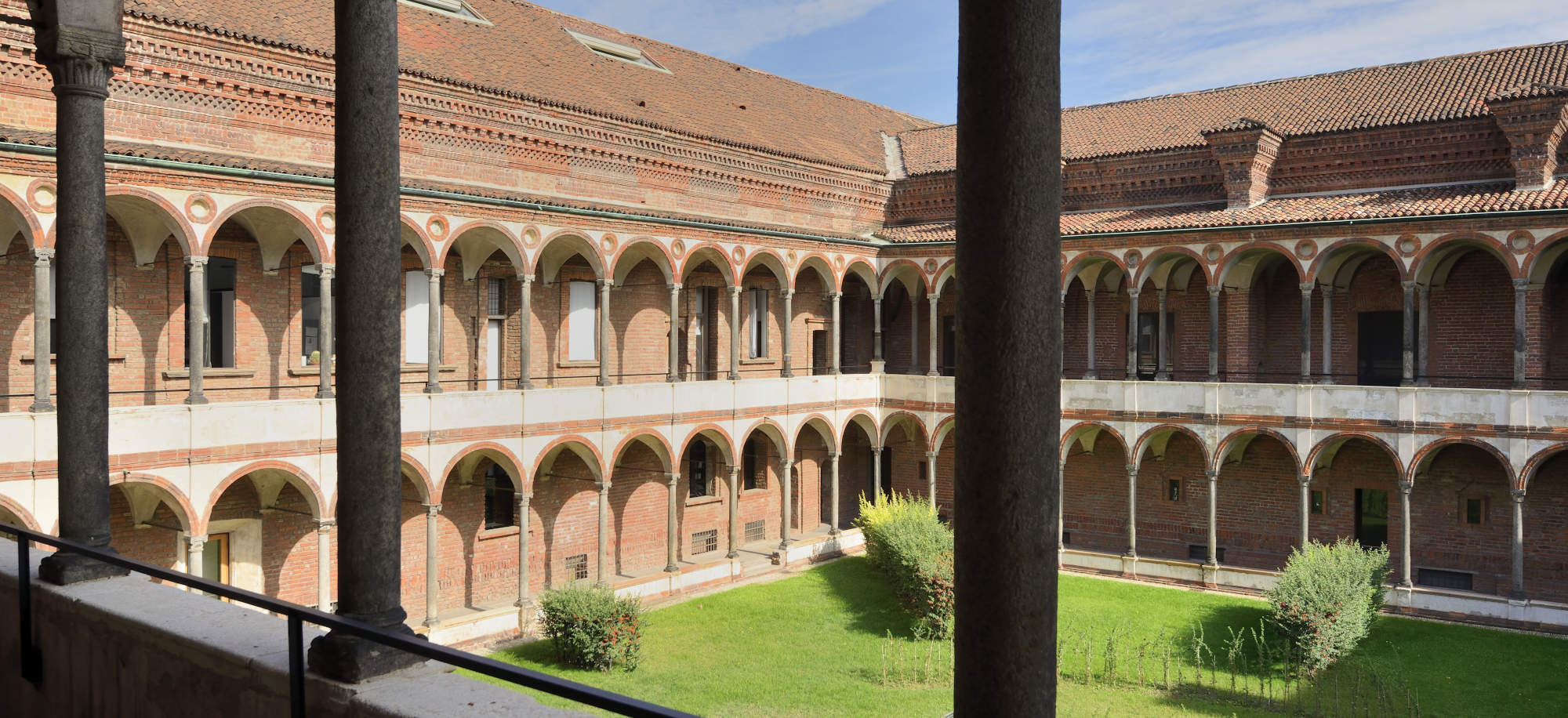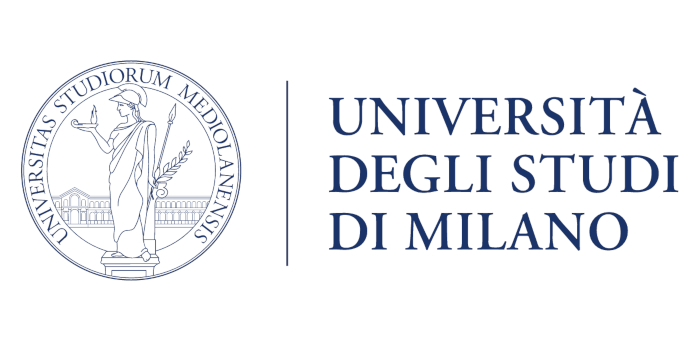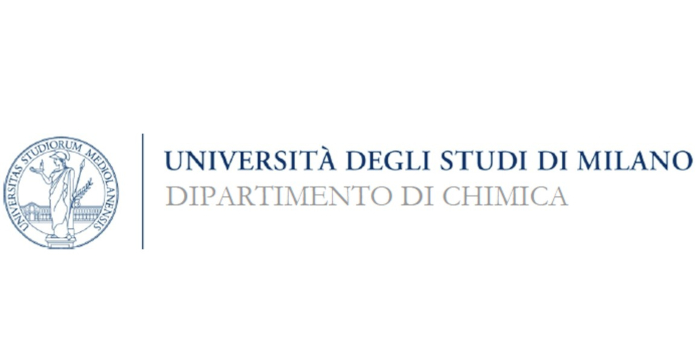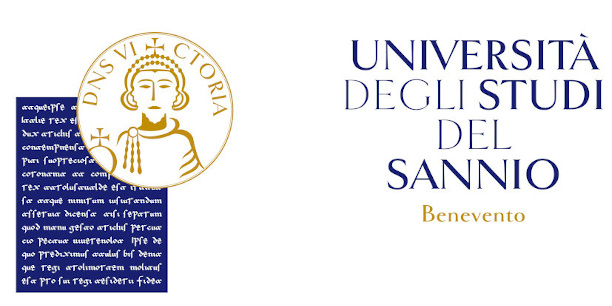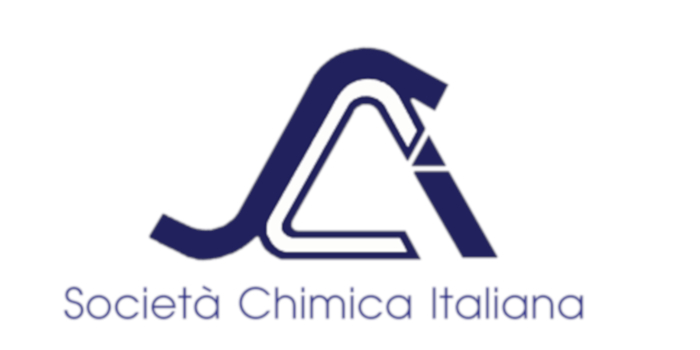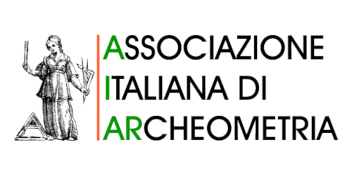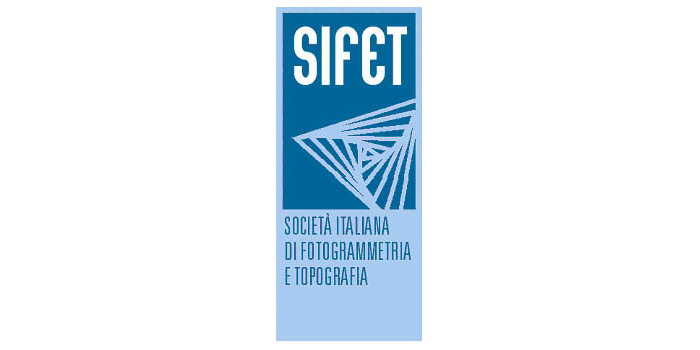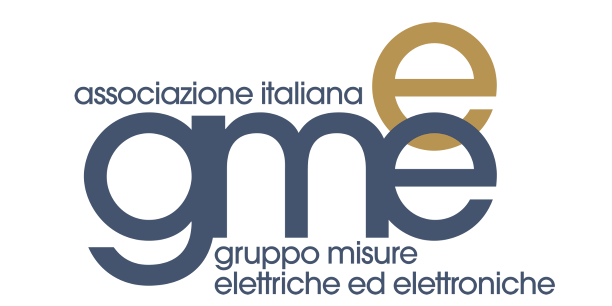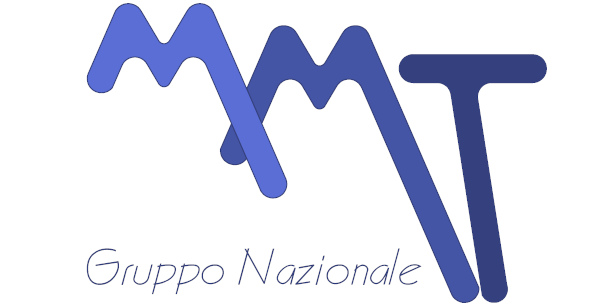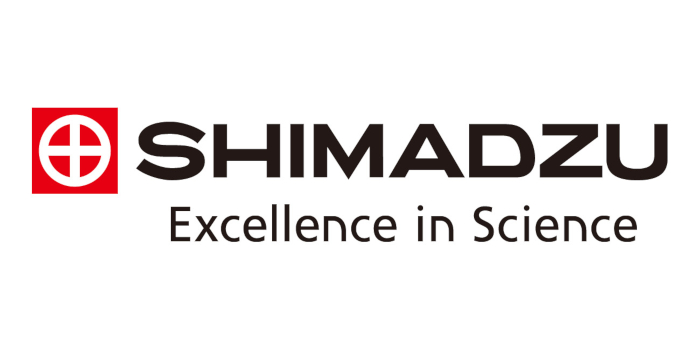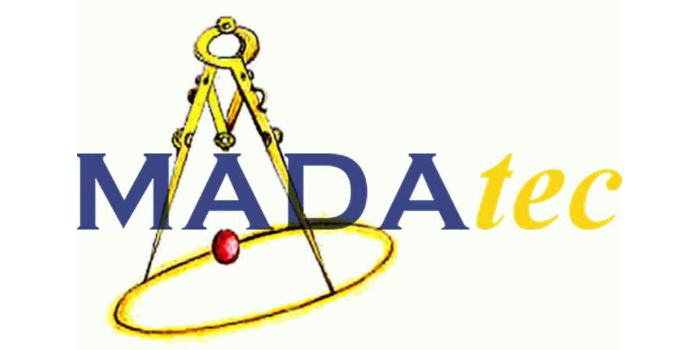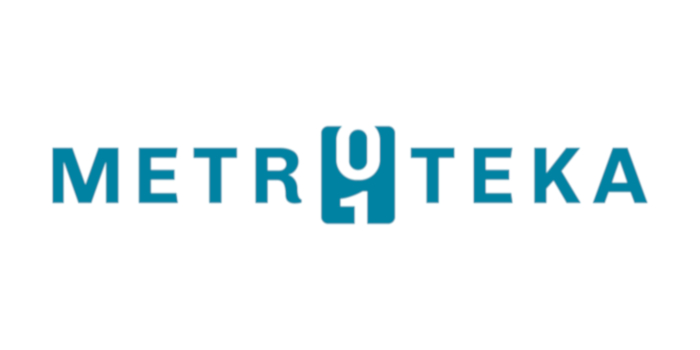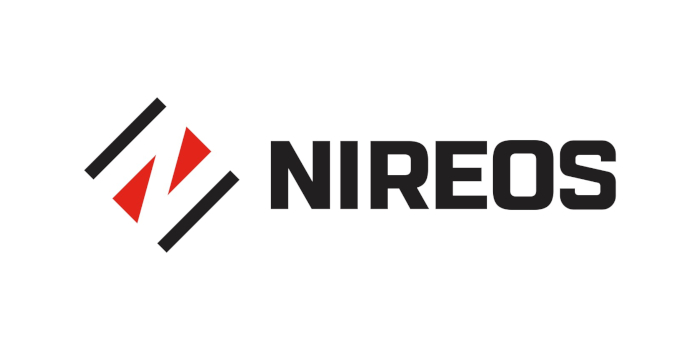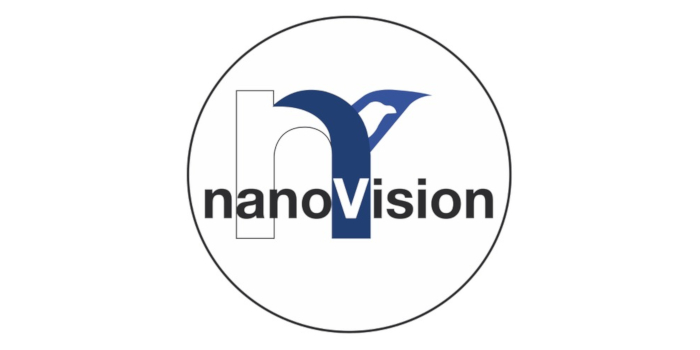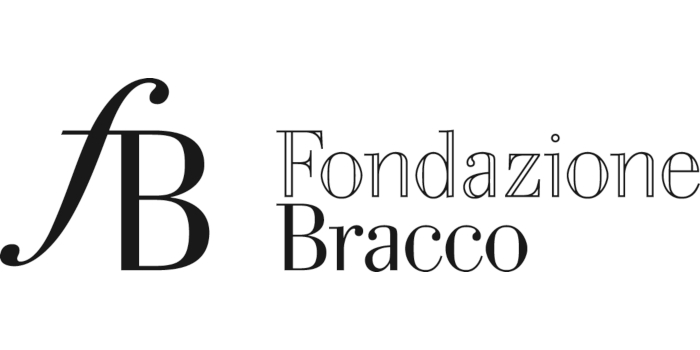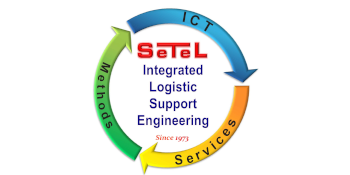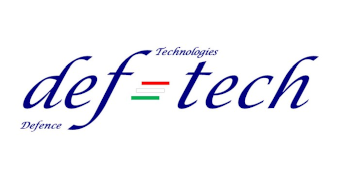Quantifying corrosion to inform treatment design for the preservation of heritage metals
David Watkinson
Conservation at Cardiff University
ABSTRACT
Conservation aims to apply evidence based practices and management strategies to preserve our heritage. Since characterisation and experimental studies must supply the data that will make it possible to fulfil this goal, the nature and contextual value of the qualitative and quantitative data that will be used to do this is important. The relationship between measurement technique and the sample from which the data is being collected involves a complex set of intrinsic and extrinsic variables that will define how effectively the data output fulfils the end goal. This theme is discussed using a methodology that remotely quantifies oxygen consumption to determine the corrosion rate of archaeological and heritage metals. The data produced is used to examine the effectiveness of corrosion control treatments and to assign a scale for assessing the risk of corrosion for iron during storage and display. The impact of this on decision making and expectation, when choosing and applying preservation treatments and strategies, is discussed.
SPEAKER BIO
David Watkinson is Professor of Conservation at Cardiff University, where he teaches and researches conservation theory and practice, with emphasis on the corrosion and treatment of ferrous metals. His research into desiccated storage of unstable iron underpinned the conservation of Brunel’s steamship ss Great Britain, which was awarded the Gulbenkian Museum prize in 2006. In 2010 he was awarded the Plowden Medal for innovative research and contributions to the conservation profession. Having served on National and International committees within the conservation profession, including the Council of the International Institute for Conservation and The United Kingdom Institute for Conservation, he is currently a vice chair of the working party 21 Corrosion and Conservation of Heritage Artefacts in the European Federation of Corrosion.
